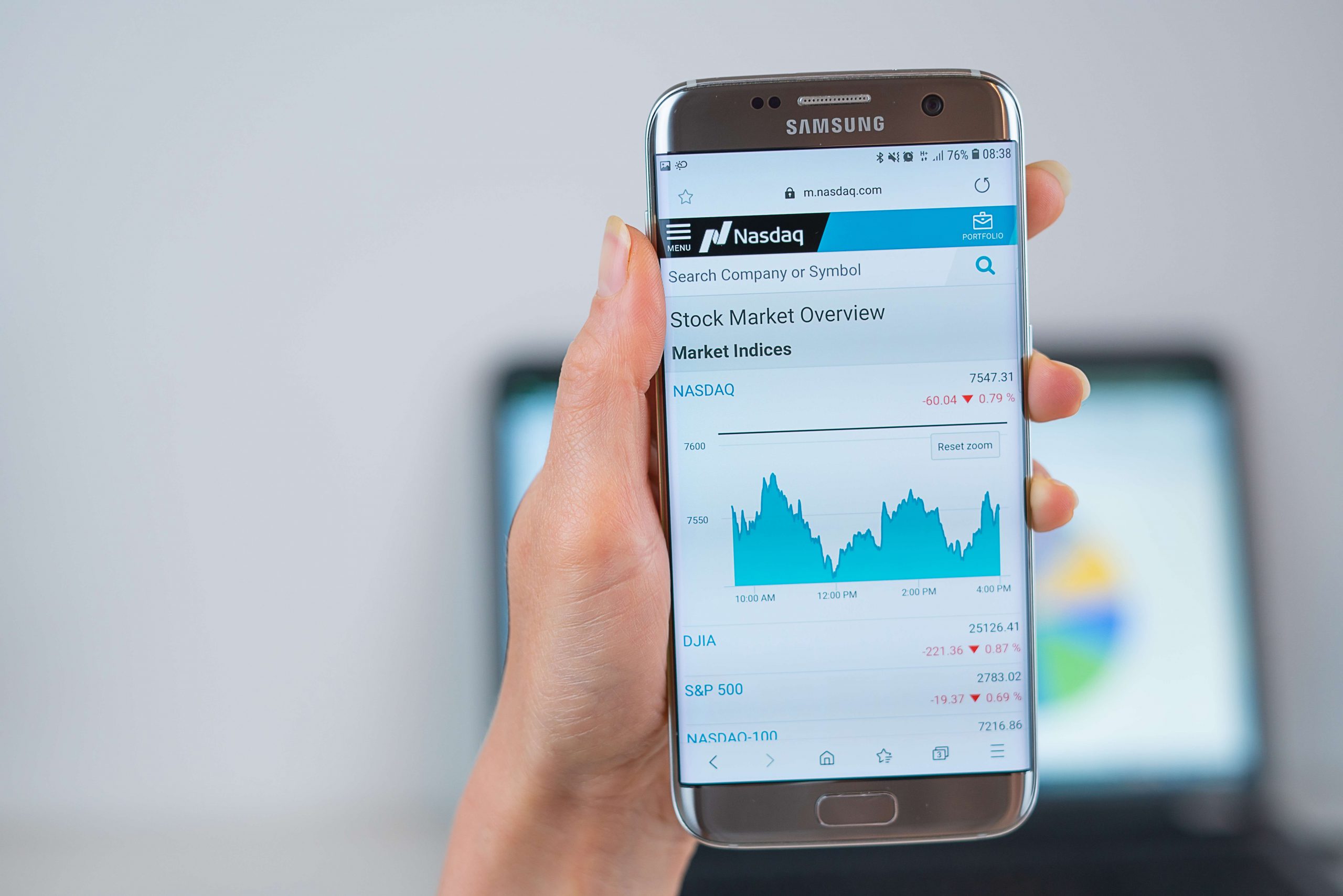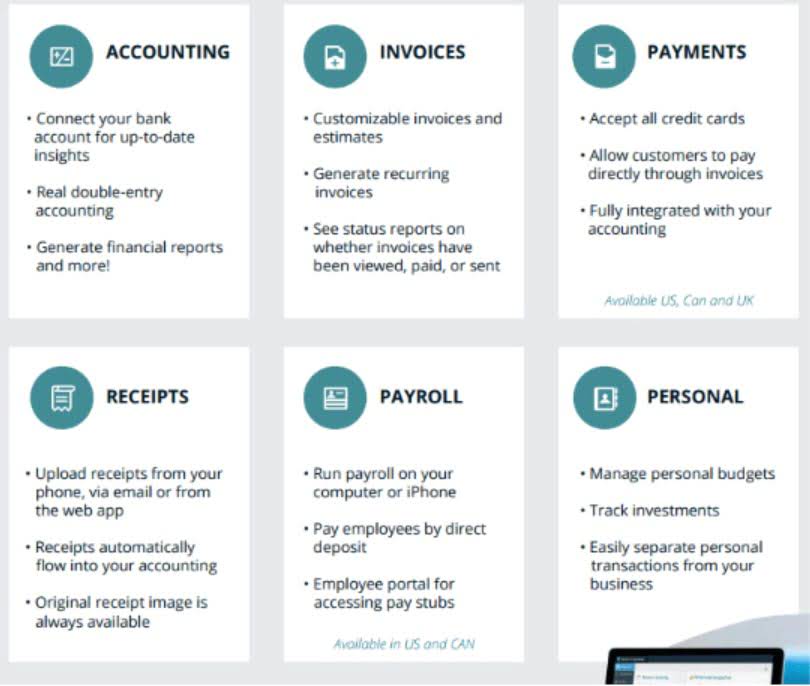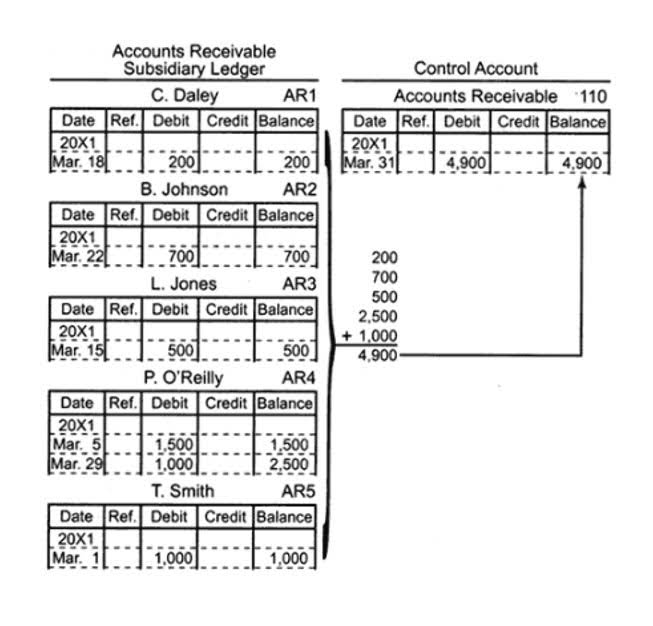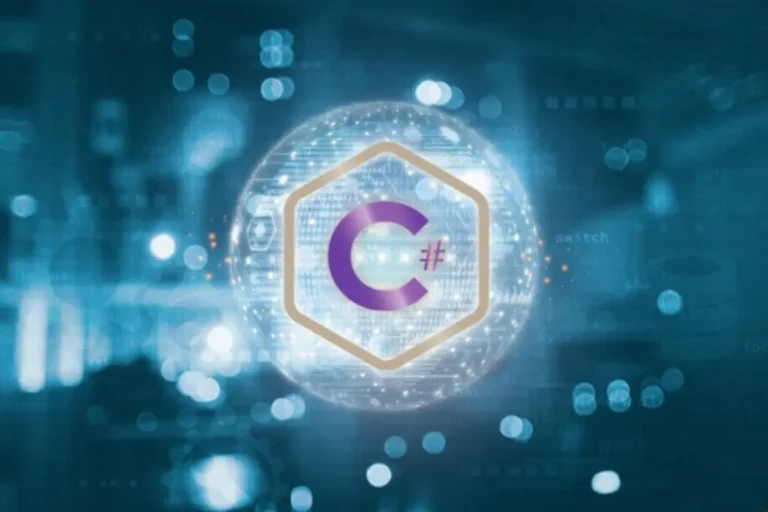Cryptocurrencies became very popular lately and LimeFX provides their traders with a number of cryptos to trade. There are 27 different cryptos in total, with spreads starting from 0.001 for Tron/USD. While it is relatively cheap to trade your favorite cryptos on LimeFX, spreads on cryptos are always high and can increase to $12 per BTC for the BTC/USD pair. The information provided here is of the nature of a general comment only and neither purports nor intends to be, specific trading advice. It has been prepared without regard to any particular person’s investment objectives, financial situation and particular needs.
The deposit and withdrawal fees are designed to encourage traders to fund and maintain their accounts properly. Deposits are often free of charge, encouraging accessibility and convenience of trading commencement. The in-house mobile app offered by LimeFX provides the convenience of trading on the go.
Comparing LimeFX fees with other brokers
✅Complete the electronic form with your personal information, contact information, and trade history.
Step 2: Time to verify your account
Whilst MT5 maintains most of the core features and functionality of MT4, it also has extended capabilities. This includes additional technical indicators, fundamental analysis including a built-in economic calendar, multi-currency strategy tester and more. MT5 offers advanced trading functions and superior tools for comprehensive price analysis, algorithmic trading and copy trading. Despite that, MT4 remains the platform of choose among most online traders around the globe. I don’t think you can go wrong with either platform and they are so similar, if you can learn how to use one of them you shouldn’t have any problem using the other.
Deposit and Withdrawal
LimeFX offers 24/7 customer support, and traders can reach out via e-mail, phone, Telegram, or live chat. LimeFX explains its services well, and I recommend the FAQ section before contacting support. I miss a direct line to the finance department, where most issues can arise. Today, LimeFX is a reputable worldwide broker known for its steadfast dedication to customer satisfaction. The firm offers traders cutting-edge platforms, a wide selection of trading products, and exceptional customer service. LimeFX execution quality is confirmed by Verify My Trade (VMT) and must comply with the execution standards set.
Account Application
A demo account features live quotes and simulates live market conditions in assets such as forex and CFDs on commodities, indices, and stocks. Once users are up to speed on a demo account, they can easily switch to a live version. LimeFX offers customizable demo accounts on the MT4/MT trading platforms, but the default balance of $10,000 is high. My review did not uncover a time limit, suggesting that LimeFX understands the requirements of demo trading. I recommend traders use the demo account registration of MT4/MT5 and use similar settings to their preferred live portfolios for a more realistic demo trading experience.
- More in-depth analysis is available in the Main Trade Ideas section of the website.
- In addition to their education program, LimeFX features news stories and articles as well as market analysis and analytics on a variety of financial assets.
- I rank trading costs among the most defining aspects when evaluating a broker, as they directly impact profitability.
- Prospective clients can review the Customer Agreement on the Documents page.
This is nothing ground breaking but it is nice to have everything easily accessible in one place. It also means you might not need to wait to hear back from support to get answers to your questions. If you decide to open an account with LimeFX, we will provide all the necessary steps in detail below. The process is very simple and intuitive, just a few personal details will be sufficient to get you started.
Despite the offshore regulation, LimeFX has earned trust among traders for its consistent performance and adherence to fair trading practices. LimeFX operates under offshore regulation, specifically through the Financial Commission, which offers a compensation fund of up to €20,000 per case for its clients. LimeFX supports many payment providers, making depositing and withdrawing from your brokerage account a snap. While there are no deposit fees, withdrawals come with a limefx broker reviews charge and are the most costly via credit card. The MetaTrader 5 mobile app also provides many order types, including pending and stop orders. To change the language of the MT5 app, you must change the language for your entire phone.
This section will cover how the different entities of LimeFX are regulated and how this impacts you as a trader. We rate regulators on a scale of 1 to 3, with 1 reflecting the highest level of trust. The secure LimeFX back office handles all financial transactions for verified clients. Supported account currencies scammed by limefx are the US Dollar and the Euro, while the cryptocurrency account is a Bitcoin-denominated option.
















